Estimated reading time 9 minutes, 57 seconds.
Canada has been producing some of the world’s most trusted pilots for generations. But the process is a tall order for many. Specifically, the cost of flight training can be daunting for aspiring pilots. And for those who can afford training, the time and effort is rarely overlooked and often intimidating. The summation of these issues has proven to be a significant deterrent for “would be” Canadian student pilots. Despite the industry’s prerogative to continue as is, there is room to improve the efficiency of flight training both financially and in the amount of time required.
At 23 years old, I was a full-time plumber and a part-time student pilot. My plan was to pay for my flight training as I went. But reality struck early on that this was an overwhelming load. Work was busy, and flying is an exigent task. Privy to this realization, I postponed my training for six months in order to save enough money for full-time flight training. By September of 2019, I quit my job as a plumber and began flight training at Chinook Helicopters in Abbotsford, British Columbia.
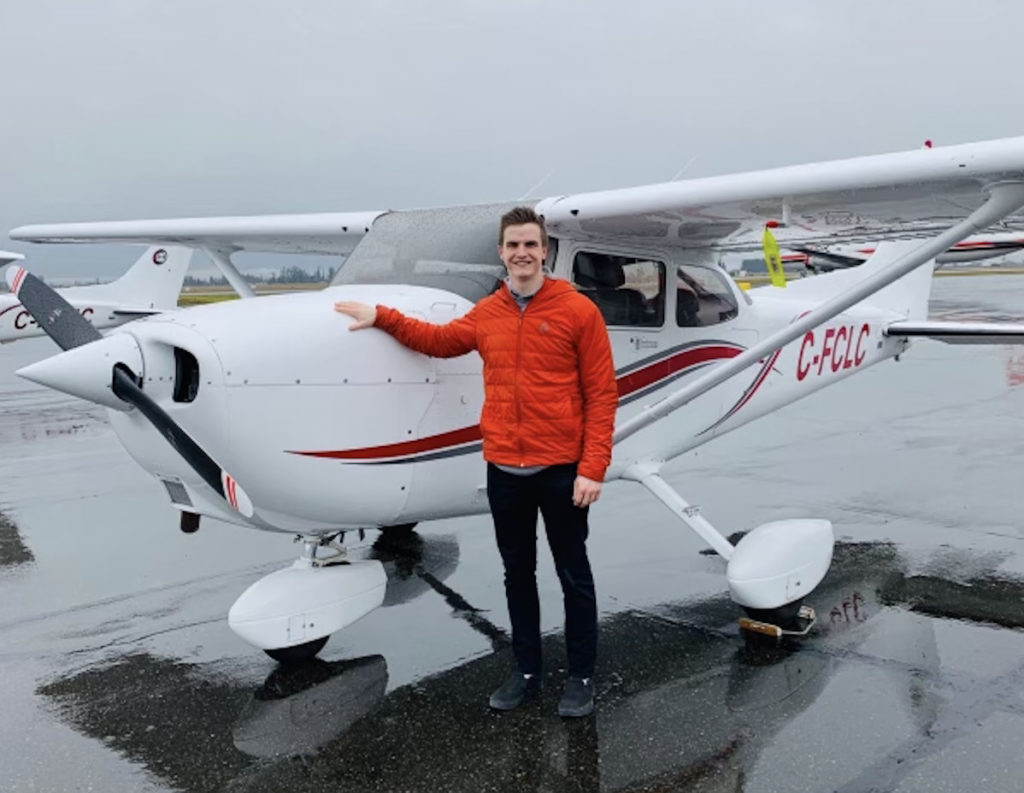
My objective: attain my private pilot license (PPL), commercial pilot license (CPL), multi-engine rating, and an instrument flight rating (IFR) on multi-engine aircraft.
Training full time, I expected to complete my licensing requirements within one year. First, I would achieve my PPL, then my CPL — all in the Cessna 172; then, I would attain a multi-engine rating followed by a multi-engine IFR rating in the significantly more expensive Diamond DA42. In total, I could expect to fly approximately 35 hours in the DA42. Although the price tag attached to the DA42 was much higher than a Cessna 172, it seemed unavoidable.
From September 2019 to March 2020, I achieved my PPL, night rating, and mountain check ride. Additionally, I had built some of the required solo cross-country time for my CPL. By mid-March, Chinook and the world shut down due to COVID-19. Fortunately, I was able to switch my ground schooling to online and continue to build solo cross-country flight time on my dad’s Piper Warrior. Unfortunately, however, any prospects I previously had to land a flying job out of flight school were diminished.
Due to the uncertainty of employment and the imminent cost of training on the DA42, my attention was drawn to alternatives. My father, who is a professional pilot, prodded me to do my own research on flight training methods in the Canadian Aviation Regulations (CARs). He noted that the partitioned methods of flight training were not actually regulatory. Since the most expensive portion of my training would be the 35 hours in the DA42, my focus was directed to reducing that cost as much as possible.
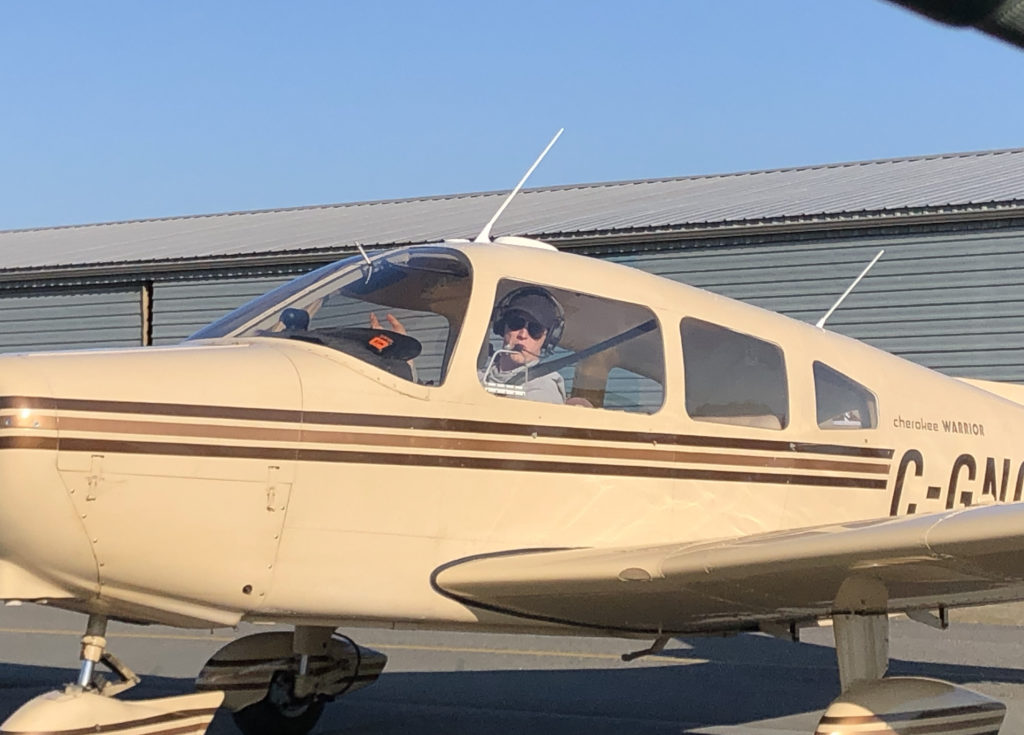
I settled into CARs Section 421.46, which outlines training requirements for instrument ratings. Interestingly, there were no requirements for IFR training to be conducted in a multi-engine aircraft. In fact, the only mention of a multi-engine requirement for Group 1 IFR is found in section 421.46, subsection (1)(a). It became apparent that it was possible to improve upon the traditionally ordered training model; that there was a more time- and cost-efficient way of training. It is possible that a pilot could complete their PPL, CPL, and all of their IFR requirements on a Cessna 172.
It was after gathering this information that I received a conditional job offer in May 2020 to be a first officer on a Pilatus PC-12; but I was going to need a plan to complete the remainder of my training.
The conditions of the job offer required that I complete 100 percent of my dual commercial flight training, the remainder of my solo flight training, and all my IFR training in a period of 41 days. At this time, Transport Canada was not accepting applicants to write the two (CPL and IFR) exams required, nor were they conducting flight tests. Under the circumstances, I created a plan: flying seven days per week (sometimes twice a day), studying in between flights, and emailing and calling Transport Canada pleading for exam admittance.
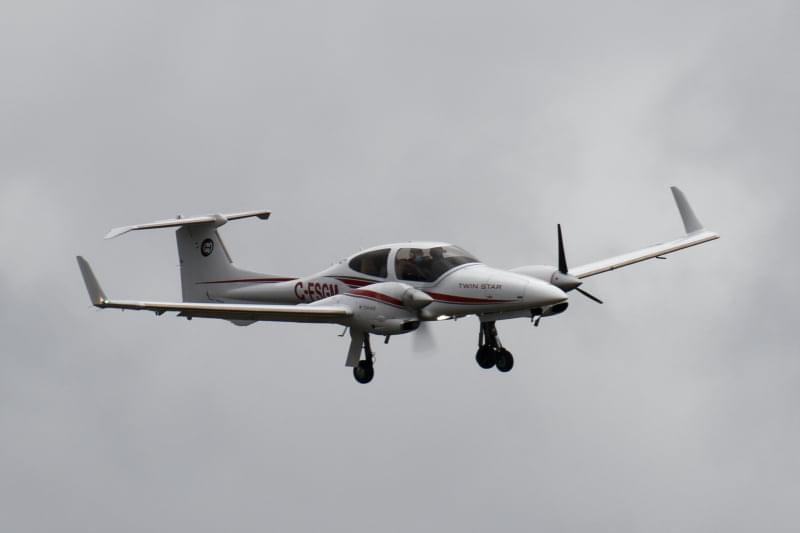
Chinook Helicopters, which had reopened in April, took very well to my unusual request and paired me with an instructor. For this once-in-a-lifetime career entry, I required a Group 3 instrument rating. This meant I could temporarily bypass the multi-engine training altogether for the purposes of this task.
We started the training on June 1. By July 11, I had successfully completed a CPL exam, instrument type rating exam, CPL flight test, and single-engine IFR (Group 3) flight test. On July 12, I boarded a plane bound for Flight Safety International in Denver, Colorado, to begin my professional flying career.
Today, I continue to fly as a first officer on the PC-12NG in B.C., and managed to acquire my multi-engine rating in my spare time. Thanks to my experience on the PC-12, I accomplished the multi-engine rating in six of the 10 to 12 hours quoted to me in September 2019. The Group 3 IFR that I hold differs only from Group 1 in the type of aircraft the flight test is conducted in, as per CARs 421.46. As a result, I required a multi-engine IFR flight test, but no additional training.

All things considered, I was able to save approximately $15,000 as well as the additional training time that results from combining IFR learning with multi-engine learning.
A job opportunity that came in the middle of a pandemic pushed me toward an accelerated path to become a professional pilot. But my hope is that others see the value in the path I took and utilize it to save money and time. As an alternative to the Group 3 flight test path, students can follow these guidelines: achieve the PPL, CPL, and IFR requirements in full (except for the flight test) on a single-engine airplane. Then, do the multi-engine rating quoted at 12 to 15 hours, with a few extra hours of training focused on IFR engine-failure procedures. Once this is complete, a student simply requires a multi-engine IFR flight test — one hour in the more expensive multi-engine aircraft, rather than the additional 20 to 25 hours being quoted by some flight schools.
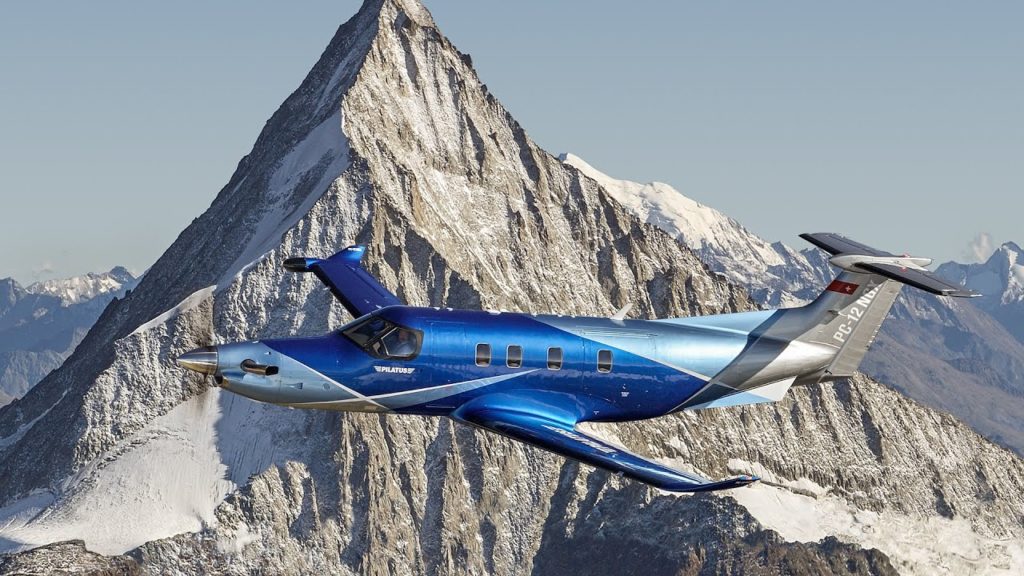
It was an absolute pleasure to train with Chinook Helicopters. Their openness to achieving what seemed impossible has been inspirational to myself and others I meet. To Chinook, and all the people in the industry helping me behind the scenes, I will never forget the time and effort you put in to support my young career. To aviators present and future, thank you for reading.





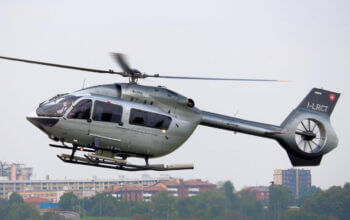

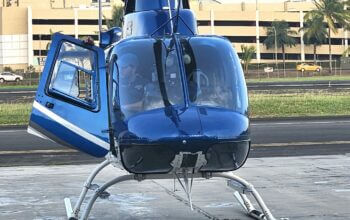

Smart young man.
We need more like him.
This young man shows that if you really want something, it can be done. Congratulations.
Nice job. It’s very hard to make time, money, weather, instructors, planes and TC all line up perfectly … during COVID!
But I’m not sure why he thought any IFR or CPL training had to be in a multi. That’s never been the case.